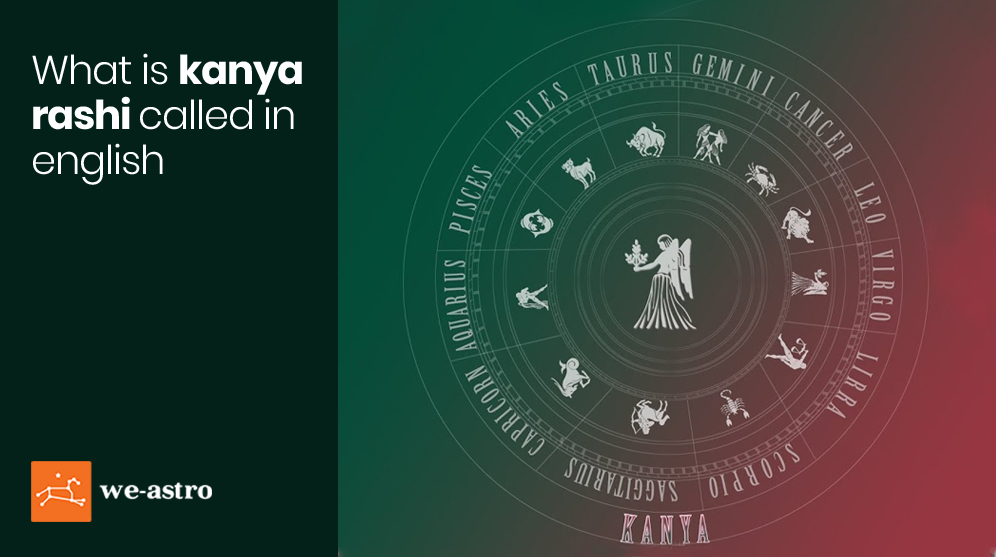"Visions of Divinity: A Glimpse into the Intriguing Images of Lord Shiva"
Explore a divine collection of Shiva images that embody the power, wisdom, tranquility, and compassion of the revered Hindu deity.

Shiva, one of the principal deities of Hinduism, is often depicted in diverse forms in artistic representations. His depictions not only embody the rich cultural heritage but also enlighten us about the profound philosophical concepts of Hinduism.
Images of Shiva often portray him as the meditating ascetic, sitting cross-legged on a tiger skin rug, with his eyes closed in deep meditation. The serenity in his face signifies his state of transcendence. One of the most iconic symbols associated with Shiva is the 'third eye' on his forehead, serving as a metaphor for spiritual wisdom and perception beyond ordinary sight. The crescent moon adorning his head represents the cyclical nature of time, the passing of days and seasons.
Another common depiction of Shiva is as Nataraja, the Lord of Dance. In this divine cosmic dance, Shiva is seen performing the Tandava, symbolizing the creation, preservation, and destruction of the universe. The circle of fire that surrounds him stands for the cosmic fires that will destroy the universe at the end of each age. Shiva's role as Nataraja encapsulates the essence of life's cyclical nature, reminding us of the constant change in the universe.
Shiva is also depicted in his fierce form as Rudra, the destroyer. In this form, Shiva exterminates the old and makes way for new creation. The Ganga, represented as a flowing stream in his matted hair, signifies purity and the life-giving properties of water. His vehicle, Nandi the bull, embodies the power of Dharma (righteousness).
The multitude of Shiva's images are not mere artistic expressions, but they are symbolic depictions of the various aspects of life and the universe. They are a testament to the profound wisdom of Hindu philosophy, teaching us to see beyond the physical world and understand the deeper spiritual truths.




